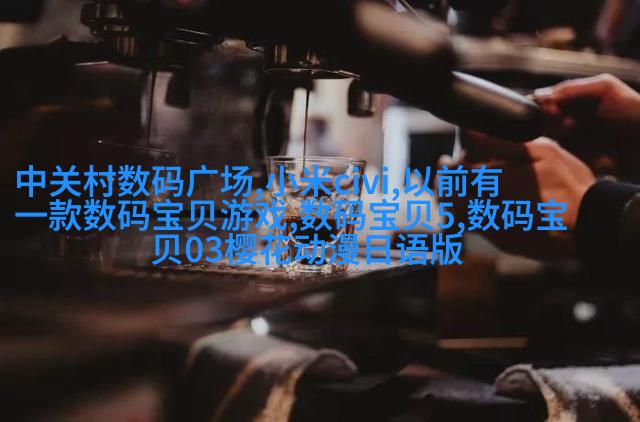Rural Sanitation Situation Before the Reform

Rural sanitation in China has long been plagued by inadequate toilet facilities, leading to a range of health and environmental issues. The traditional squat toilet is often shared among multiple households, with waste disposal methods ranging from open pits to makeshift septic tanks. These conditions have contributed to high rates of water-borne diseases and pollution in rural areas.
Government Initiatives for Rural Sanitation Improvement

In recent years, the Chinese government has launched a series of initiatives aimed at improving rural sanitation standards. The "Central Document No. 7" issued in 2016 placed emphasis on addressing the issue of rural toilets and promoting sustainable development in agriculture through improved hygiene practices.
Transformation Through Technology

The transformation process began with an influx of innovative technologies designed specifically for rural areas. One such technology is the low-cost latrine system developed by Dr.-Ing Christian Brinchmann, which uses natural ventilation and odor control mechanisms to create hygienic conditions even without running water or electricity.
Images Reflecting Change: From Squat Toilets to Modern Facilities

A visual representation of this progress can be seen through images depicting various stages of transformation - from old-style squat toilets made out of wood or brick structures surrounded by thatched roofs, mud floors covered with animal hides as seatings; these images contrast sharply with modern sanitary systems equipped with flushable porcelain seats and walls painted white after being plastered smooth.
Involving Local Communities in Designing Toilet Facilities

To ensure that new toilet facilities meet local needs effectively, community participation was encouraged during design phases where local people were consulted about their preferences regarding size dimensions, materials used for construction etc., thus making sure they fit well within available spaces while also reflecting cultural values like privacy & modesty.
Environmental Benefits Beyond Health Improvements
Improved sanitation not only leads to better public health but also contributes significantly towards protecting our environment since human excrement no longer pollutes soil & groundwater resources when properly managed via sewage networks connected directly or indirectly linked up with treatment plants ensuring complete elimination or significant reduction levels before disposal into rivers lakes oceans etc., thereby preserving ecosystem balance intact while enabling us live harmoniously alongside nature as one part does not interfere negatively upon another – all aspects intertwined yet distinct within nature's intricate web-like structure we call life itself!
7.Case Studies Demonstrating Success Stories Across China's Countryside
One example comes from Guizhou province where village communities came together under government support initiated project called 'Beautiful Village' transforming hundreds if not thousands bathrooms turning them into much cleaner more hygienic ones using clay bricks combined cement mortar coated inside polished tiles fitted onto wooden frames allowing easy cleaning maintenance along side proper drainage channels built nearby eliminating odors preventing contamination risks meanwhile villagers were trained how maintain newly installed plumbing fixtures regularly check functionality perform minor repairs independently so reducing reliance on external help eventually lowering costs over time saving money spent otherwise fixing problems down road efficiently managing resources wisely throughout lifecycle beginning end its very own story unfolding!